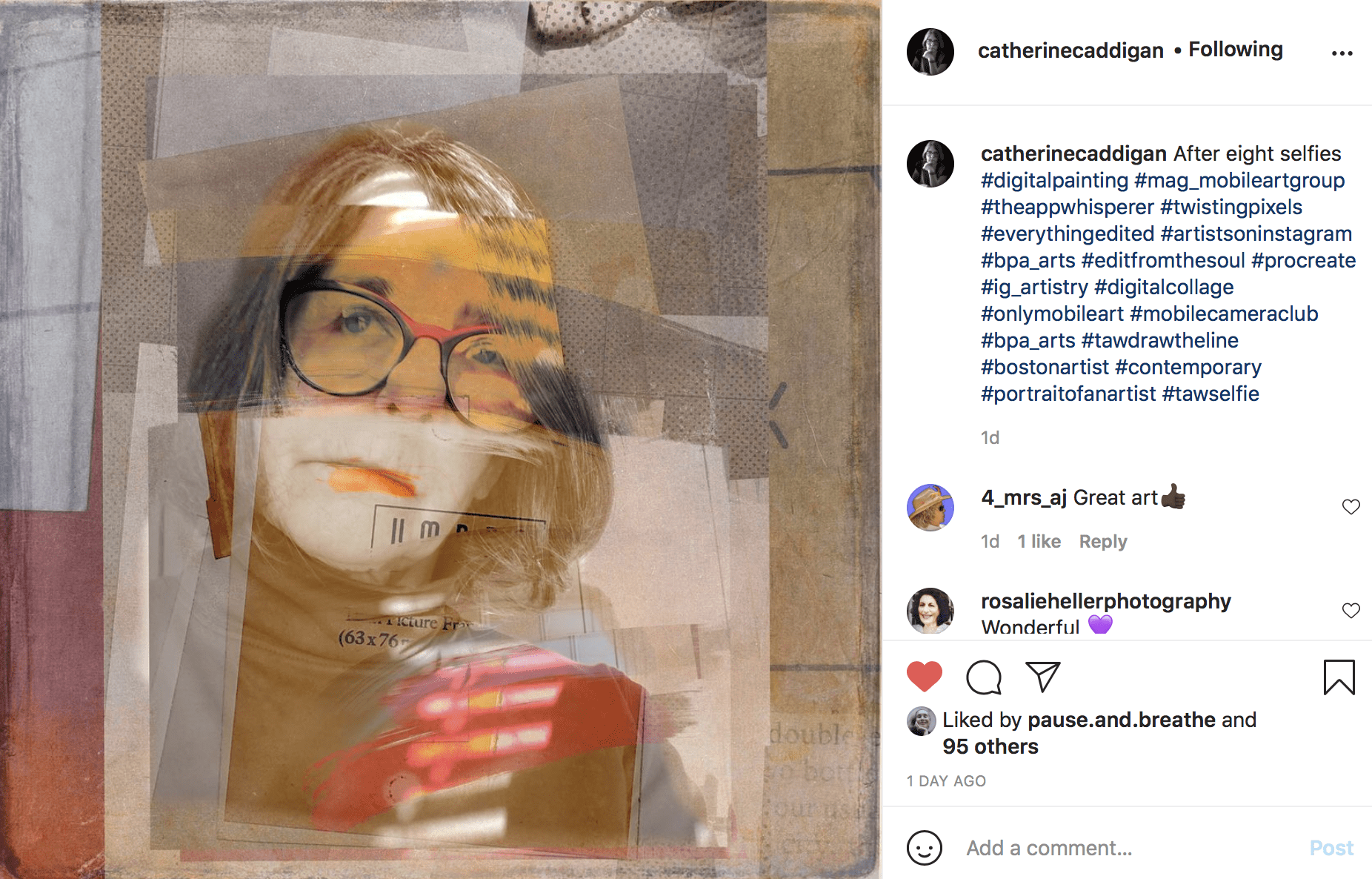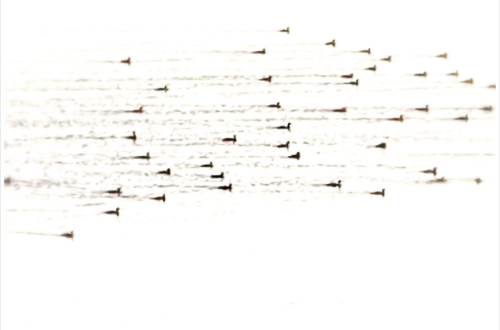Adobe Posts New “Sneak Peek” Videos
Adobe has just posted videos of the technology “sneak peeks” that were showcased recently at the company’s annual MAX user conference in Los Angeles. Included in the videos is the image deblurring technology, demonstrated in an on-stage demo by Adobe senior research scientist Jue Wang, which has become an Internet sensation.
"We sneaked some early-stage technology from our labs during the recent Adobe MAX conference that exemplify the kind of technology innovation that is thriving across Adobe," said Kevin Lynch, chief technology officer, Adobe. "Adobe’s technology leadership is ensuring that designers and developers have the tools they need to help shape the future of digital media."

The sneaks are intended to give MAX attendees a look at future technologies. These technologies may, or may not, make it into future versions of Adobe products. The demos are currently being hosted on AdobeTV, and include:
· Image Deblurring – removing blurriness from digital photos caused by camera shake while the pictures were being taken;
· Local Layer Ordering – a new way for graphic designers to create layered compositions that better reflect the way real world objects act;
· InDesign Liquid Layout – using InDesign to create high quality magazines that automatically adapt layouts across devices and screen orientation;
· Near Field Communications in Adobe AIR – using Adobe AIR to create applications that communicate with the physical world;
· Automatic Synchronization of Crowd Sourced Videos – synchronising video clips taken with different cameras and from different vantage points into a single immersive video;
· Reverse Debugging in Flash Builder – the ability to step backwards in time while debugging a Flash application to better find the root cause of bugs;
· RubbaDub – automatically replacing the dialog of a video clip with separately recorded audio with perfect synchronisation;
· Pixel Nuggets – searching through a large library of images by identifying images that contain the same people, backgrounds, landmarks, etc.;
· Monocle – a new visual tool to help developers find and fix performance problems in Flash applications;
· Video Meshes – an entirely new way to edit videos, including the ability to create 3D fly-throughs of 2D videos and change focus and depth of field;
· GPU Parallelism – using a device’s graphic processing unit (GPU) to accelerate performance of general purpose computing.


